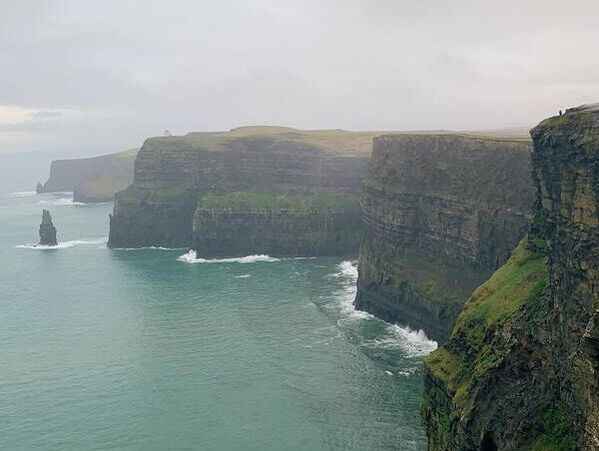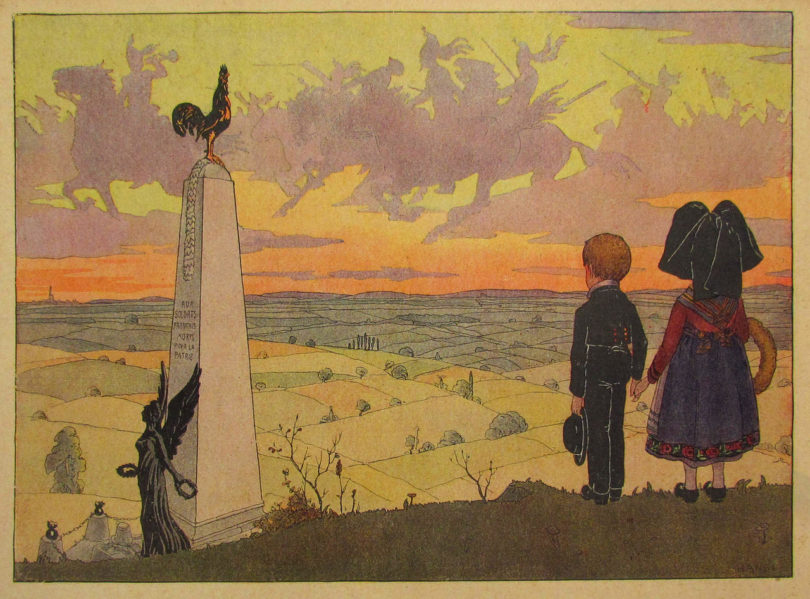|
By Ace Gangoso The holiday season is most commonly associated with joy, family, abundance, festivities, and nostalgia. Each year as it approaches, I try to stay mindful that, for many, this time of year also comes with struggle. Many go without basic comforts, and there is likely someone you know who will have to bear the sight of an empty chair at the dinner table. This year, the weight of this reality is even more pronounced, and so it is crucial that we allow ourselves and others the space to express sorrow, to grieve, and to mourn. We have all experienced some form of loss over the past several months, ranging from the death of a loved one to job loss and the ability to do a multitude of things that were previously considered to be normal. I offer the words of James Joyce set to music by Miriam Gideon to allow us a pathway into this realm—not to wallow, but to help us welcome the full spectrum of experiences that make us human, and appreciate the beauty that can emerge from pain.  Photo by Irina Shishkina on Unsplash “She Weeps Over Rahoon” is sung from the perspective of one standing at the grave of a lover, mourning and contemplating her own mortality. It begins without introduction, calling to mind the suddenness with which grief can strike. There is a feeling of unease and imbalance brought on by the contrasts between the vocal and piano lines. The melody moans and weeps, moving with straight eighth notes, sometimes quite dramatically up and down throughout the range. The accompaniment is more transparent, featuring triplet arpeggios that resemble a gentle but constant trickle of rain—subtle, almost indistinguishable from the falling of tears. Through these moments of intense grief, we feel nature’s embrace: the pale moon watches over, the nettles reflect its light, and the rain mutters in sympathy. There is great power and profundity in the quiet presence of nature, which is constantly moving and changing in spite of us and our worries and our dreams. It carries on. As long as we are here on this earth, so must we.
1 Comment
Maurice Ravel composed his Trois Chansons in late 1914 and early 1915 following the outbreak of World War I. Using his own texts he wrote music for mixed a cappella choir that hearkens back to the traditional French chansons of the late Medieval and early Renaissance eras. Ravel dedicated the songs to people he thought could help him enlist in the military, and he ultimately enlisted in March of 1915, helped by Paul Panlevé to whom the second movement is dedicated. "Trois beaux oiseaux du Paradis" depicts a girl (portrayed by soprano Sarah Van der Ploeg) whose beloved has gone off to war. Three birds representing the colors of the French flag each bring a remembrance of her love—a glance of blue eyes, a kiss of purest white, and a loving heart of crimson. "Ah, I feel my heart growing cold," says the girl as she begins to understand that she will never see her love again. Ravel sets the solo voice against a wordless chorus that often serves as something of a drone, and offers a continual refrain of "my love has gone to the war" to create a haunting atmosphere. Trois Chansons is the only music that Ravel wrote for a cappella choir, and after hearing this song one wishes that he would have composed more. Fourth Coast Ensemble performed these songs on our What a Zoo! concerts in June of 2019. We were joined by guest vocalist Ashley McKinstry.
|
SUBSCRIBEAboutHello, and welcome to the blog! We are Fourth Coast Ensemble, Chicago's classical vocal quartet. Join a different member of our ensemble for insights into our favorite art songs, links to archival and new recordings, and reflections on why we value and continue to come back to this musical medium. We proudly present, your #artsongfix! Archives
June 2023
Categories
All
|




 RSS Feed
RSS Feed
